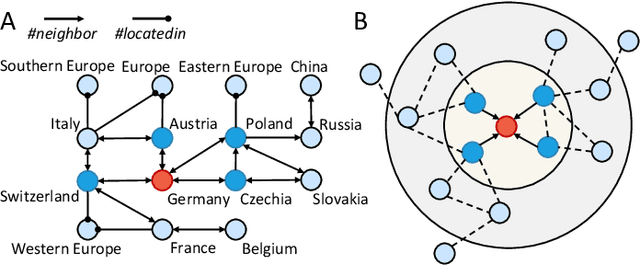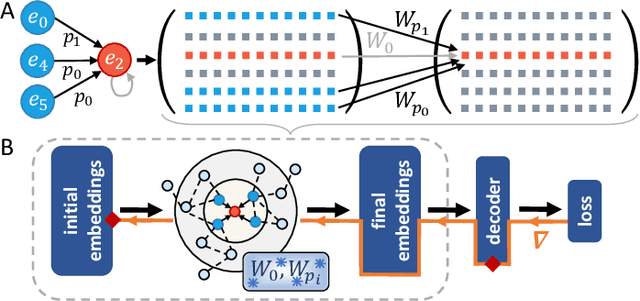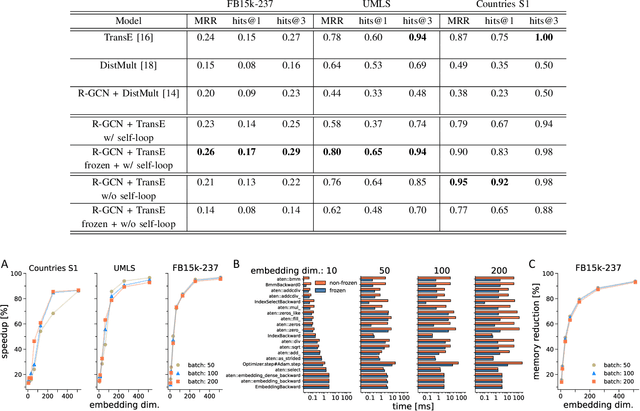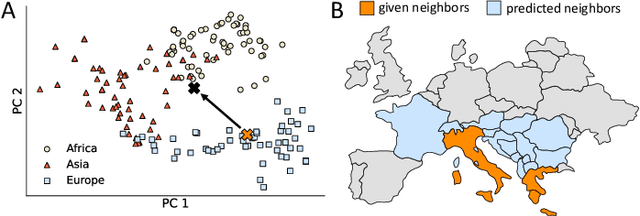Learning through structure: towards deep neuromorphic knowledge graph embeddings
Paper and Code
Sep 21, 2021



Computing latent representations for graph-structured data is an ubiquitous learning task in many industrial and academic applications ranging from molecule synthetization to social network analysis and recommender systems. Knowledge graphs are among the most popular and widely used data representations related to the Semantic Web. Next to structuring factual knowledge in a machine-readable format, knowledge graphs serve as the backbone of many artificial intelligence applications and allow the ingestion of context information into various learning algorithms. Graph neural networks attempt to encode graph structures in low-dimensional vector spaces via a message passing heuristic between neighboring nodes. Over the recent years, a multitude of different graph neural network architectures demonstrated ground-breaking performances in many learning tasks. In this work, we propose a strategy to map deep graph learning architectures for knowledge graph reasoning to neuromorphic architectures. Based on the insight that randomly initialized and untrained (i.e., frozen) graph neural networks are able to preserve local graph structures, we compose a frozen neural network with shallow knowledge graph embedding models. We experimentally show that already on conventional computing hardware, this leads to a significant speedup and memory reduction while maintaining a competitive performance level. Moreover, we extend the frozen architecture to spiking neural networks, introducing a novel, event-based and highly sparse knowledge graph embedding algorithm that is suitable for implementation in neuromorphic hardware.
 Add to Chrome
Add to Chrome Add to Firefox
Add to Firefox Add to Edge
Add to Edge